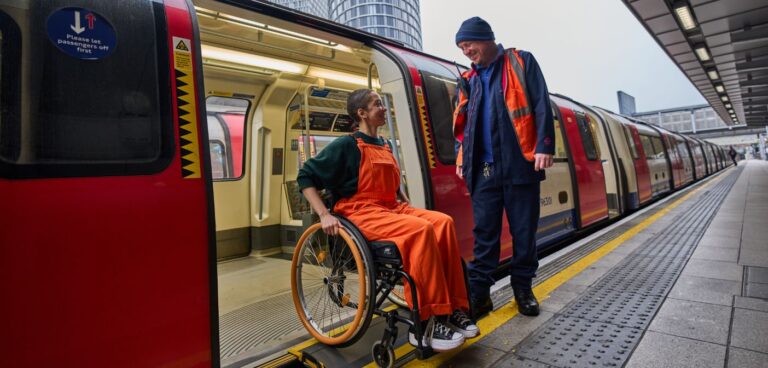Transport operator Transport for London (TfL) has published the results of a consultation on step-free access to the capital’s travel network, which reportedly saw more than 5,500 responses.
TfL claims the aim of the consultation was to gather more information on where the network could be improved, ahead of the launch of a new bridging device on the Jubilee line to support step-free train boarding, which TfL describes as the first of its kind.
Some eight Jubilee line stations, including London Bridge, Canary Wharf and Green Park, will be used as testbeds for the device until February 2023.
Read more: Inclusion illusion?
Some of the focal points of the consultation included which stations passengers would like TfL to equip with step-free access, in addition to further measures to improve the accessibility of services. These included improved toilet facilities and accessible signage.
Seb Dance, deputy mayor for transport, said: “We are working hard to improve step-free accessibility across the TfL network in order to build a better, fairer London for everyone.
“This new trial is one example of how we are seeking out innovative solutions to enhance step-free access.
“It is also vital that our accessibility plans are informed by disabled and older customers and I am delighted that we have had such a great response to the consultation.
“I’m pleased that there are now more than 200 step-free stations across the TfL network are step-free and with the recent opening of Bond Street station, all 41 Elizabeth line stations have step-free access, with the majority of central stations on the line being step-free from street to train.
“There is still work to do, and we will ensure that this feedback shapes how we prioritise and deliver step-free stations into the future.”
The results of the consultation revealed that stations that interchange with onward transport services were a clear priority, in addition to those which connected with healthcare facilities. Some 69% of respondents suggested targeting smaller and medium-sized stations and some elements of a larger or more complex station.
What’s more, 63% wanted TfL to plug the gaps in large parts of the network, rather than filling in holes in areas which are already largely step-free. More than half (52%) said they would use the tube more if more stations were step-free, and that it would make journeys easier (68%) and less stressful (64%) if their key stations were made step-free.
As a response to accessibility concerns, the transport operator has said it has ring-fenced money for the improvement of toilets most in need of repair and that it is undertaking analysis of where gaps in its toilet provision are.
It also claims to be working on improving accessible signage, additional briefings on use of boarding ramps for staff and adding interchange walking time to its journey planner.
If the Jubilee line trials are successful, TfL has said it will extend the device to further stations across its network.





